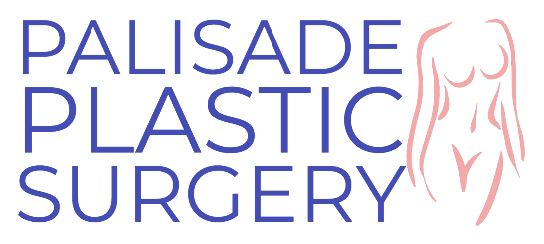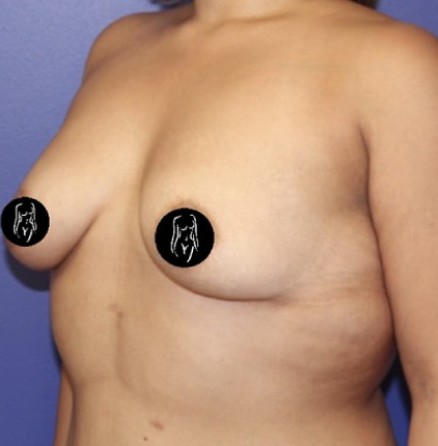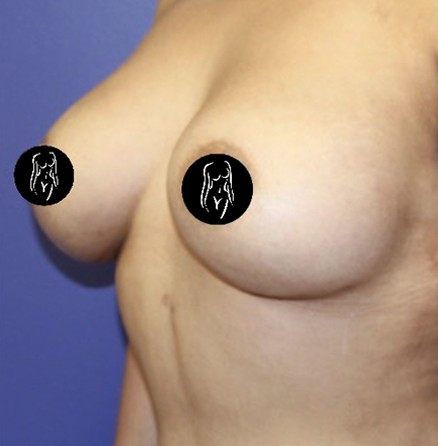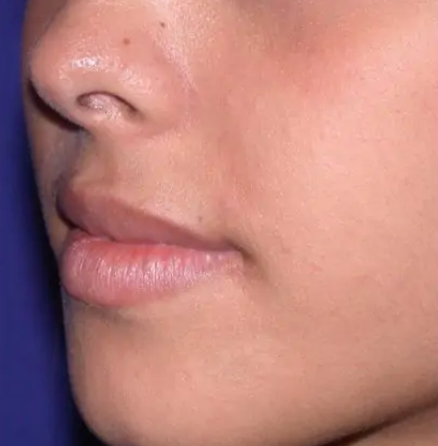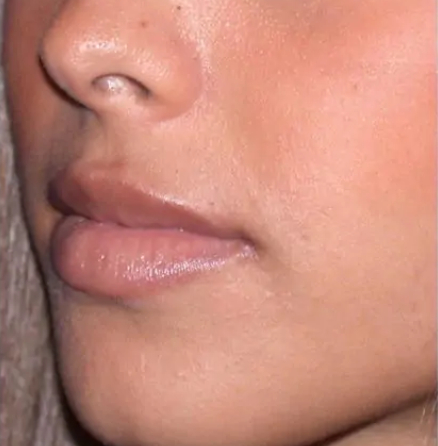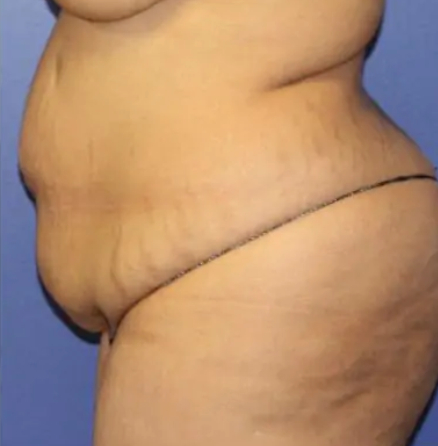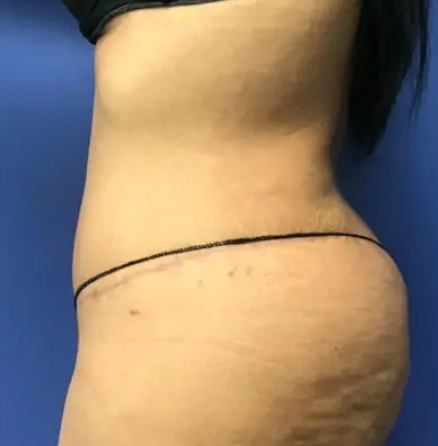Chemical Peels
Conveniently located to serve the areas of New Jersey and the Tri-state Area

Chemical peels are a well established and effective means by which to refresh the skin by reducing spots caused by sun damage, blemishes, freckles, and even fine wrinkles. This involves applying a chemical solution to create a controlled superficial insult to the skin, such that during the healing process, new collagen is formed and realigned. This remodeling process tightens the top layer of skin to beget a reduction of fine wrinkles and more youthful appearing skin.
The full spectrum of Alpha and Beta-hydroxy acids are employed with their specific use scaled to a patient’s skin needs.
- “Lunch-time Peels”
- Glycolic Acid Peel
- Salicylic Acid Peel
- Moderate-Deep Peels
- TCA peels of various strengths (10-35%)
This procedure involves minimal discomfort, able to be performed in minutes to the face or other areas of the body to reveal a brighter, smoother complexion following a short period of skin sensitivity.
Schedule a consultation to learn more.
Contents
FAQ
“Transform your skin, reveal a radiant canvas of beauty!”
What are the benefits of chemical peels, skin resurfacing, and microneedling?
Chemical peels, skin resurfacing, and microneedling offer several benefits, including improved skin texture and tone, reduction of fine lines and wrinkles, diminished acne scars, lightened hyperpigmentation and sunspots, and overall skin rejuvenation. These treatments can be customized to address specific concerns and are suitable for various skin types and tones.
How many sessions are typically needed for optimal results with chemical peels, skin resurfacing, or microneedling?
The number of sessions needed for optimal results varies depending on the individual’s skin condition, the specific treatment chosen, and the desired outcome. Generally, a series of treatments is recommended to achieve the best results. For chemical peels, multiple sessions may be performed at intervals of a few weeks. Microneedling often requires three to six sessions spaced several weeks apart. Your skincare professional can provide a personalized treatment plan based on your needs.
What is the difference between chemical peels, “skin resurfacing” and microneedling?
Chemical peels, skin resurfacing, and microneedling are all procedures that aim to improve the texture, tone, and overall appearance of the skin, but they differ in their mechanisms and techniques. Here’s a breakdown of the key differences:
Chemical Peels:
Chemical peels involve the application of a chemical solution to the skin to exfoliate and remove the outer layers. The chemical solution used in the peel varies in strength and depth, with superficial, medium, and deep peels being available. The chemical solution causes controlled damage to the skin, prompting the shedding of dead skin cells and stimulating the production of new, healthier skin cells. Chemical peels can address various skin concerns, such as wrinkles, acne scars, hyperpigmentation, and uneven texture. The strength and depth of the peel determine the downtime and recovery period, with superficial peels having minimal downtime and deep peels requiring more recovery time.
Skin Resurfacing:
Skin resurfacing is a broader term that encompasses various procedures or treatments aimed at improving the texture and appearance of the skin. It involves removing the damaged outer layers of the skin, stimulating collagen production, and promoting the growth of new, healthier skin cells. Skin resurfacing techniques can include chemical peels, laser resurfacing, microdermabrasion, and other similar procedures. The specific technique used will depend on the individual’s needs, desired outcomes, and the healthcare professional’s recommendation.
Microneedling:
Microneedling, also known as collagen induction therapy, is a minimally invasive procedure that uses a device with tiny, sterile needles to create controlled micro-injuries in the skin. The purpose of microneedling is to stimulate the skin’s natural healing process and collagen production. The micro-injuries trigger the production of new collagen and elastin fibers, leading to skin rejuvenation and improvement in texture, scars, wrinkles, and fine lines. Microneedling can be performed using a handheld derma roller or a pen-like microneedling device. It is generally suitable for various skin types and has minimal downtime, with mild redness and swelling that subside within a few days.
